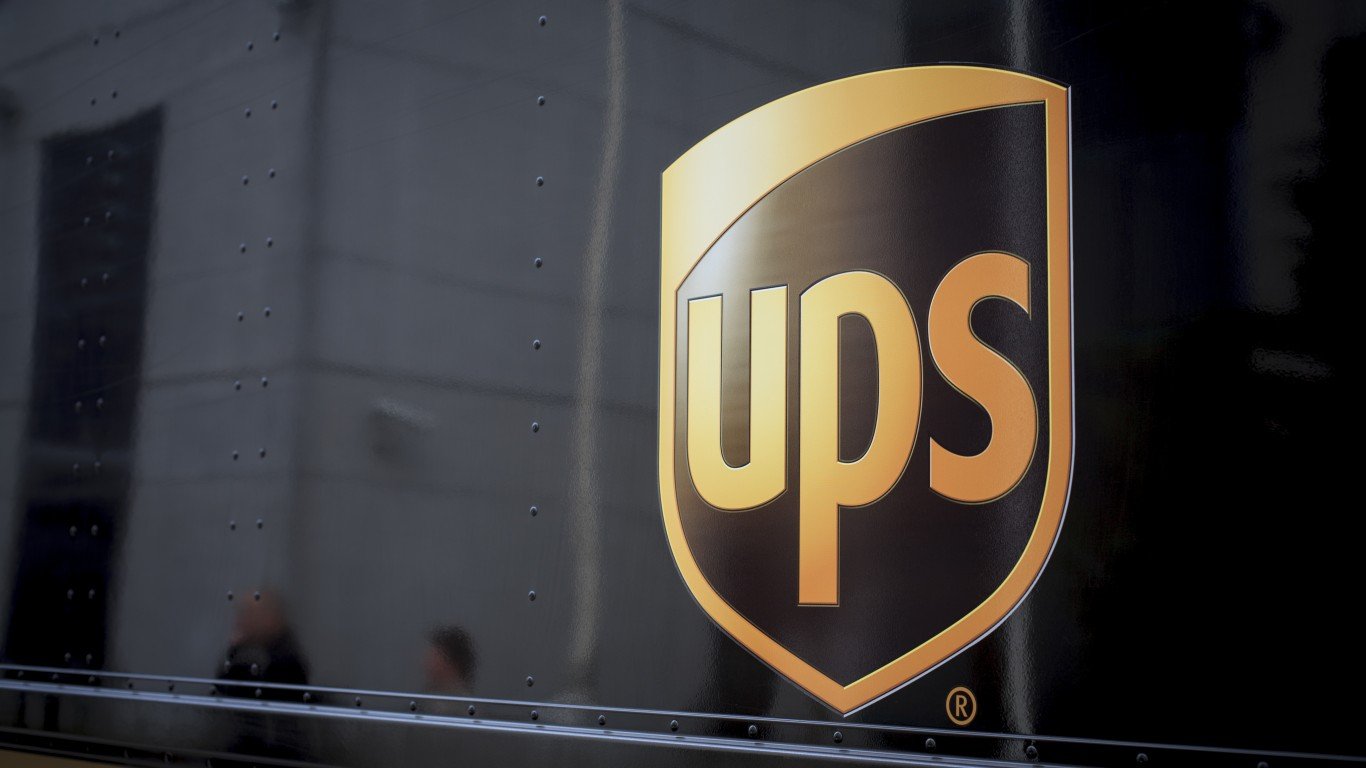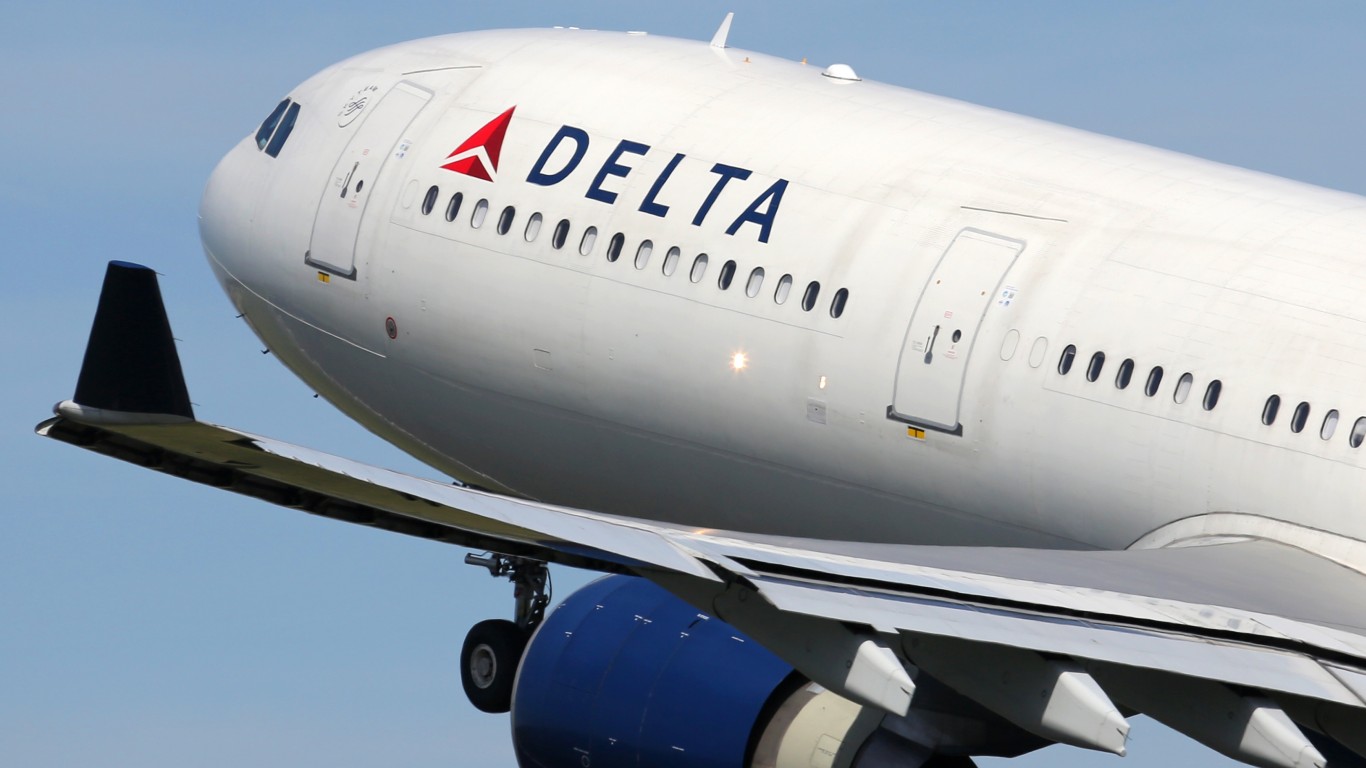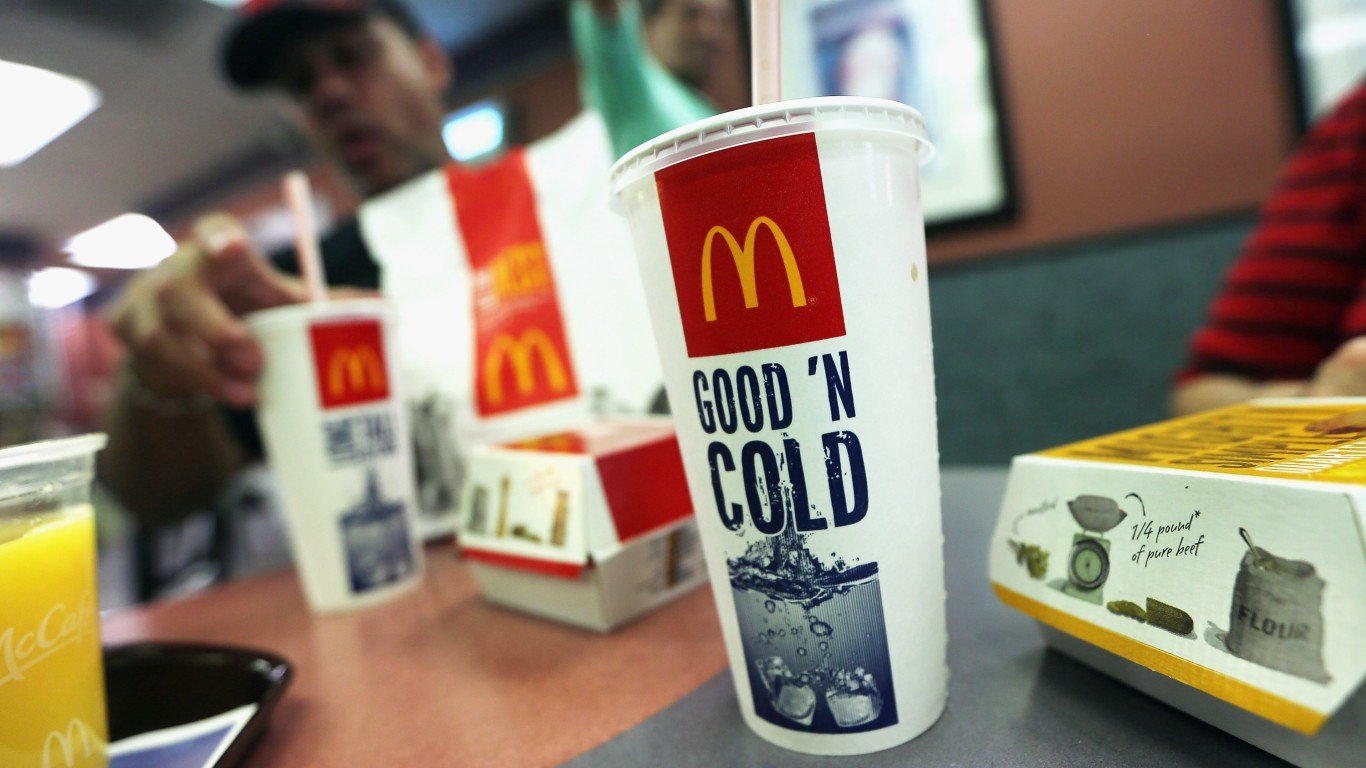

United Parcel Service Inc. (NYSE: UPS) reported first-quarter 2020 results before markets opened Tuesday. The package delivery service reported adjusted diluted earnings per share (EPS) of $1.15 on revenues of $18.04 billion. In the same period a year ago, UPS reported EPS of $1.39 on revenue of $17.16 billion. First-quarter results also compare to consensus estimates for EPS of $1.23 and $17.21 billion in revenue.
The company withdrew its previously issued guidance for the 2020 fiscal year saying that it is “unable to predict the extent of the business impact or the duration of the coronavirus pandemic, or reasonably estimate its operating performance in future quarters.” UPS expects to cut capital spending by $1 billion this year and said it is suspending further share buybacks, a move it expects to reduce cash outflow by $783 million.
Unlike many other companies, UPS’s dividend per share increased by 5.2% to $4.04 annually. The company said that dividends remain a “high priority.”
On a consolidated basis, average revenue per-package was down 1.8% year over year. In the international segment, average daily volume dipped by 1.8%, which the company attributed to declines in commercial deliveries. Revenue in the U.S. domestic segment rose by 9.3%, and average daily package volume was up 8.5%. UPS acknowledged that its transformational investments “generated efficiency gains” but those benefits “did not offset the significant headwinds” caused by the COVID-19 pandemic.
Operating profit in the U.S. domestic segment fell from $666 million in the first quarter of last year to $364 million. Although UPS doesn’t highlight the fact, it does say that “[c]ommercial deliveries declined while residential deliveries were elevated.” Adjusted to include its strategic transformation costs, operating profit for the company fell by $400 million year over year to $1.12 million.
Chief Financial Officer Brian Newman commented:
We will continue to adapt through this challenging period and prioritize investments and operational decisions that put UPS in the best financial position. We take a disciplined and balanced approach to capital allocation and are confident in our liquidity position including our commitments to capital management and dividends.
The consensus estimates for second-quarter EPS and revenues are $1.37 and $16.23 billion, respectively. For the full year, analysts are looking for EPS of $6.23 and revenues of $71.12 billion. Both full-year estimates are well below 2019’s actual EPS of $7.53 and revenues of $74.09 billion.
Premarket trading in UPS had the stock down about 3.6%, at $98.98 in a 52-week range of $82.00 to $125.31. The 12-month consensus price target is $106.78, and the dividend yield at Monday’s closing price of $102.55 is 4.03%.
Sponsored: Want to Retire Early? Here’s a Great First Step
Want retirement to come a few years earlier than you’d planned? Or are you ready to retire now, but want an extra set of eyes on your finances?
Now you can speak with up to 3 financial experts in your area for FREE. By simply clicking here you can begin to match with financial professionals who can help you build your plan to retire early. And the best part? The first conversation with them is free.
Click here to match with up to 3 financial pros who would be excited to help you make financial decisions.
Thank you for reading! Have some feedback for us?
Contact the 24/7 Wall St. editorial team.
 24/7 Wall St.
24/7 Wall St.


